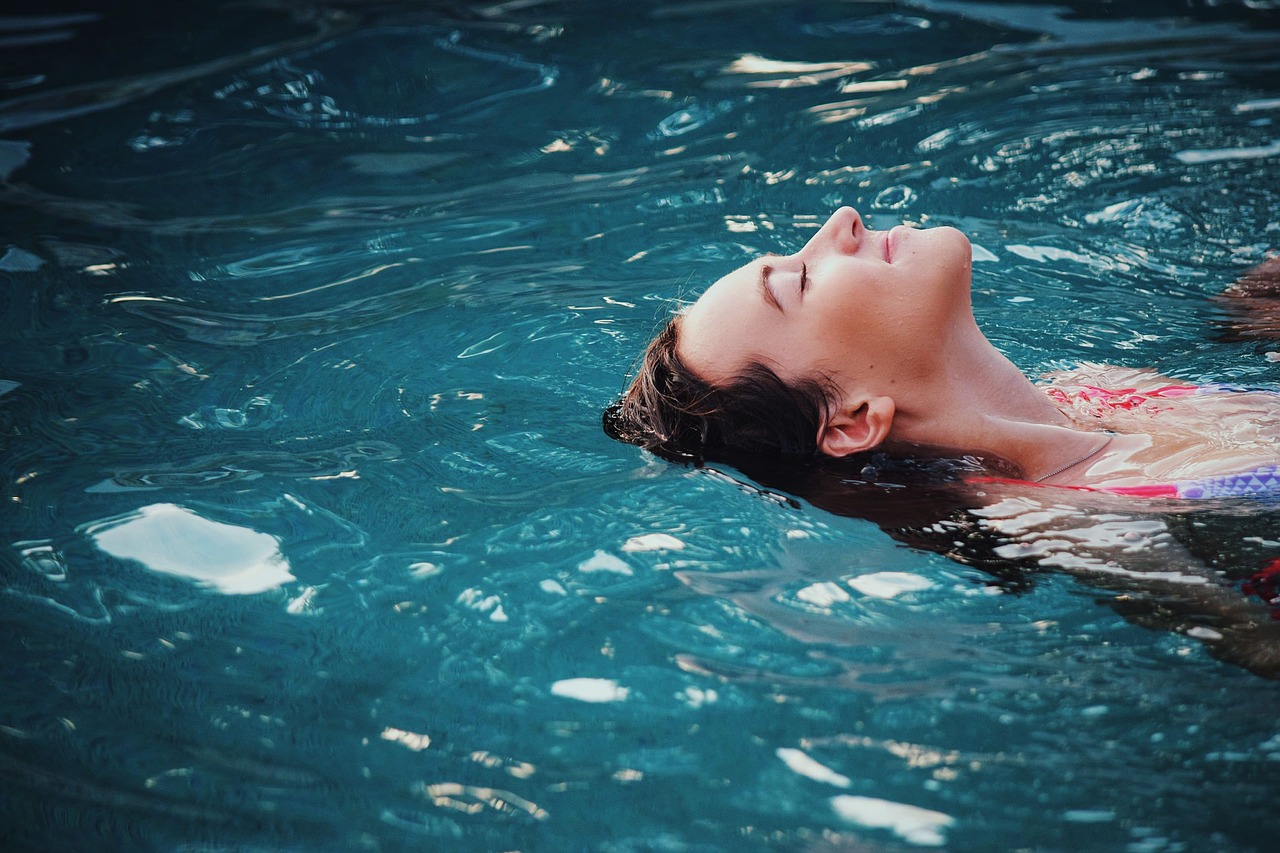Hydrotherapy or water therapy uses water for health reasons. It is also known as water therapy, hydropathy, and water therapy. As with other alternative medicines, hydrotherapy is usually suggested by a doctor or physical therapist as complementary therapy alongside scientific medicine. Therefore, if you currently suffer from back pain, muscle pain or poor circulation and are looking for additional ways to alleviate pain, we suggest you read on.
What is Hydrotherapy?
Hydrotherapy is essentially a therapeutic whole-body treatment that uses water. The practice involves various methods and techniques. However, they all use water as a medium to deliver heat and cold to the body.
Another key point is that hydrotherapy can help with physical and mental problems. It greatly benefits individuals suffering from back pain; anxiety; headaches; neurological conditions; spinal cord injuries and rheumatoid arthritis.
Techniques and applications include hot air and steam baths; spinal, head and foot baths; compresses and fomentations. Unlike aqua aerobics, hydrotherapy focuses on slow and controlled movements that improve the strength of the patient without adding more strain on the body.
Types of Hydrotherapy
- Aquatic exercise: These include water aerobics, group exercise classes, and lap swimming.
- Aquatic physical therapy: This is the practice of physical therapy in water. Therefore, a professional physical therapist must perform it.
- Immersion therapy: Contrast water therapy (a series of short, repeated immersions in water, alternating between warm and cold temperatures) and ice baths are both considered a form of hydrotherapy that alleviates stress and anxiety.
- Saunas: Saunas have been around since 2,000 BC – and for good reason. They help with asthma, stress, and cardiovascular health.
- Sitz bath: It is mostly used to relieve itching, irritation, and minor pain in the genital area and perineum.
- Warm water baths: Warm baths increase blood flow, which in turn reduces pain and inflammation.
Health Benefits of Hydrotherapy
Hydrotherapy can relieve our bodies of pain, stress and fatigue. The warm water enables muscles to relax and also relieves joint pain. Furthermore, the water itself supports your body, increasing the range of movement of your joints. As a result, you can improve muscle strength without further damage to your body.
Reduces pain
Warm water relieves pain and is particularly beneficial for people suffering from chronic diseases of the musculoskeletal system and connective tissue. It also relaxes muscles, increases blood flow, and reduces pain in certain areas.
Improves mental well-being
Water-based activities improve mental wellbeing. People with fibromyalgia find hydrotherapy useful to improve their mood, alleviate pain and headaches, reduce anxiety, and relieve fatigue.
Does not add extra stress
One of the best things about hydrotherapy is that water-based exercises are low impact. People with certain health problems can therefore exercise without putting too much stress on their bodies. This allows them to stick to a workout plan without experiencing incredible pain.
Is relaxing
Hydrotherapy helps with physical and mental relaxation. It promotes a peaceful state of mind while easing tension in the muscles.
Is a great option during pregnancy
Hydrotherapy helps with general aches and pains. It also helps reduce swelling in the lower extremities and control pregnancy weight. Furthermore, research shows that hydrotherapy can be used during the first phase of labour to reduce the use of anaesthesia, without adverse effects on the baby or mother.






